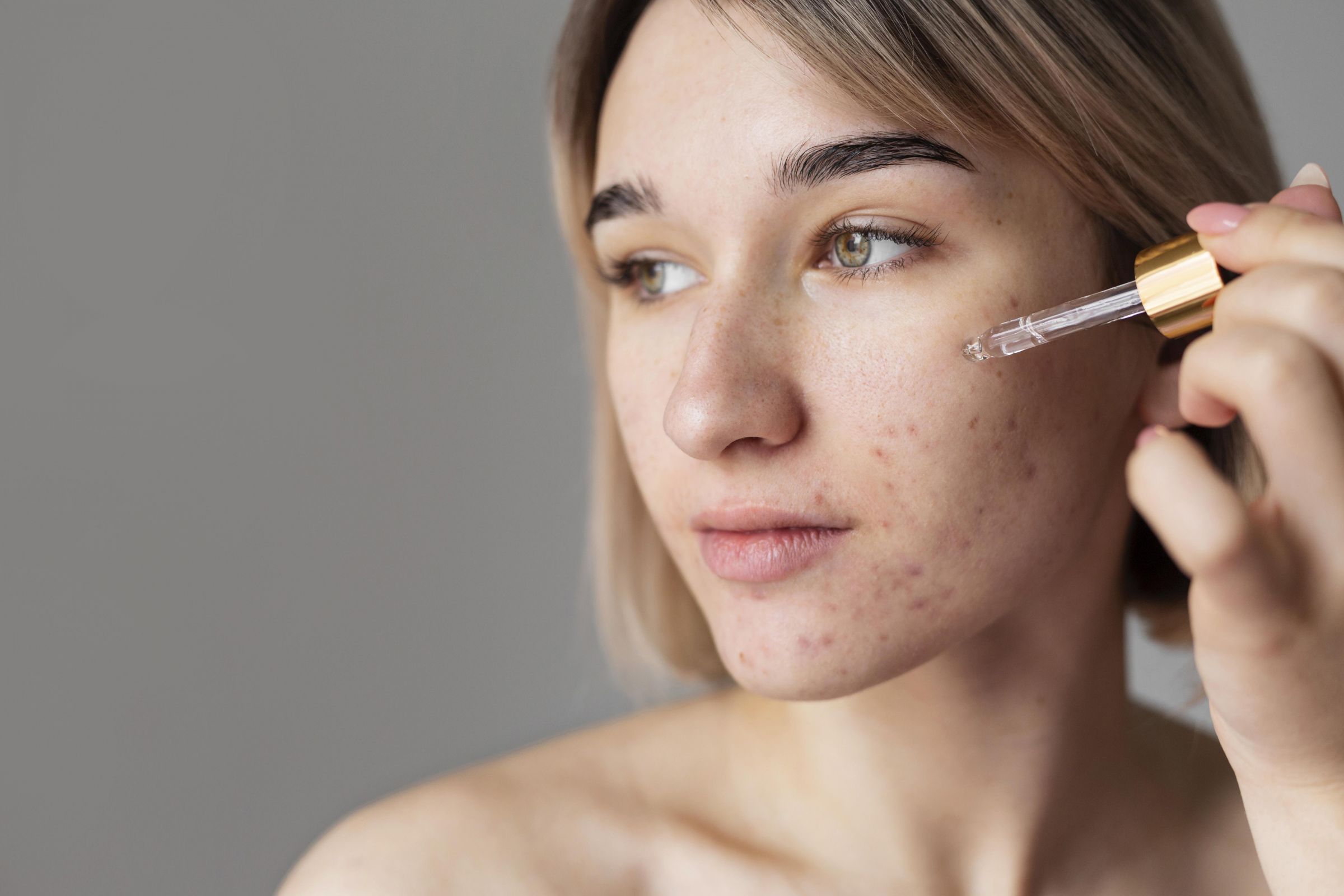
Clear Skin Innovation: Effective Anti-Acne Skincare for Modern Brands
OEM/ODM Insights on Key Ingredients, Gentle Formulation, and Market Opportunities
Acne remains one of the most common yet complex skincare concerns, affecting consumers across age groups and regions.
For skincare brands and private label developers, the challenge lies in balancing potent acne-fighting efficacy with daily comfort and skin barrier protection.
At Biocrown, we help global partners formulate dermatologist-tested, non-irritating anti-acne solutions using science-backed ingredients and skin-friendly delivery systems.
▏The Global Acne Skincare Market: Continuous Growth and Innovation
Driven by urban stress, mask-wearing, and hormonal imbalance, the acne care market is projected to grow over 5% CAGR from 2025–2030.
Consumers are shifting away from harsh, alcohol-based products to gentler, functional formulations with transparent ingredient claims.
▏Science-Backed Active Ingredients That Truly Work
Modern anti-acne skincare no longer relies solely on drying agents — it integrates multi-mechanism ingredients that target bacteria, inflammation, and excess sebum while protecting the skin barrier.
▏Gentle Daily Care: The New Standard in Acne Skincare
Modern consumers demand products that treat without irritating. This creates a clear direction for brands developing their next-generation anti-acne line.
Key Formulation Principles for Sensitive & Acne-Prone Skin:
1. Low surfactant irritation: Use amino acid–based or non-sulfate cleansing systems.
2. Balanced pH (5.0–5.5): Supports healthy microbiome and acid mantle.
3. Non-comedogenic emollients: Light textures such as squalane, isododecane, or C13-15 alkane.
4. Alcohol-free, fragrance-free, paraben-free.
5. Inclusion of soothing actives: Aloe Vera, Green Tea Extract, Bisabolol.
Biocrown’s R&D team specializes in developing formulations that meet clean beauty and dermatologically tested standards.
▏Anti-Acne Formulation Technologies at Biocrown
We combine advanced formulation science with strict manufacturing protocols to ensure both efficacy and safety.
Our capabilities include:
Precision dosing of active ingredients (e.g., 0.5–2% salicylic acid).
Controlled emulsification to stabilize botanical actives.
RO purified water system for microbiological purity.
Stability testing under humidity and temperature variation.
ISO 22716 / GMP certified production lines.
Our in-house R&D experts also assist in claim substantiation — oil reduction tests, non-comedogenic testing, and patch sensitivity evaluation.
▏Trending Product Formats for Brand Developers
For brands aiming to differentiate, anti-acne actives can be delivered through multiple product types:
▏Launch Your Next Anti-Acne Skincare Line with Biocrown
Whether you’re expanding your current range or entering the acne-care segment, Biocrown can help you design clinically effective, gentle, and trend-driven formulations tailored to your brand identity.
Contact our OEM specialists for a custom formulation plan and sample testing.
MOQ: Flexible production starting from 3,000 pcs — ideal for indie and emerging brands.



